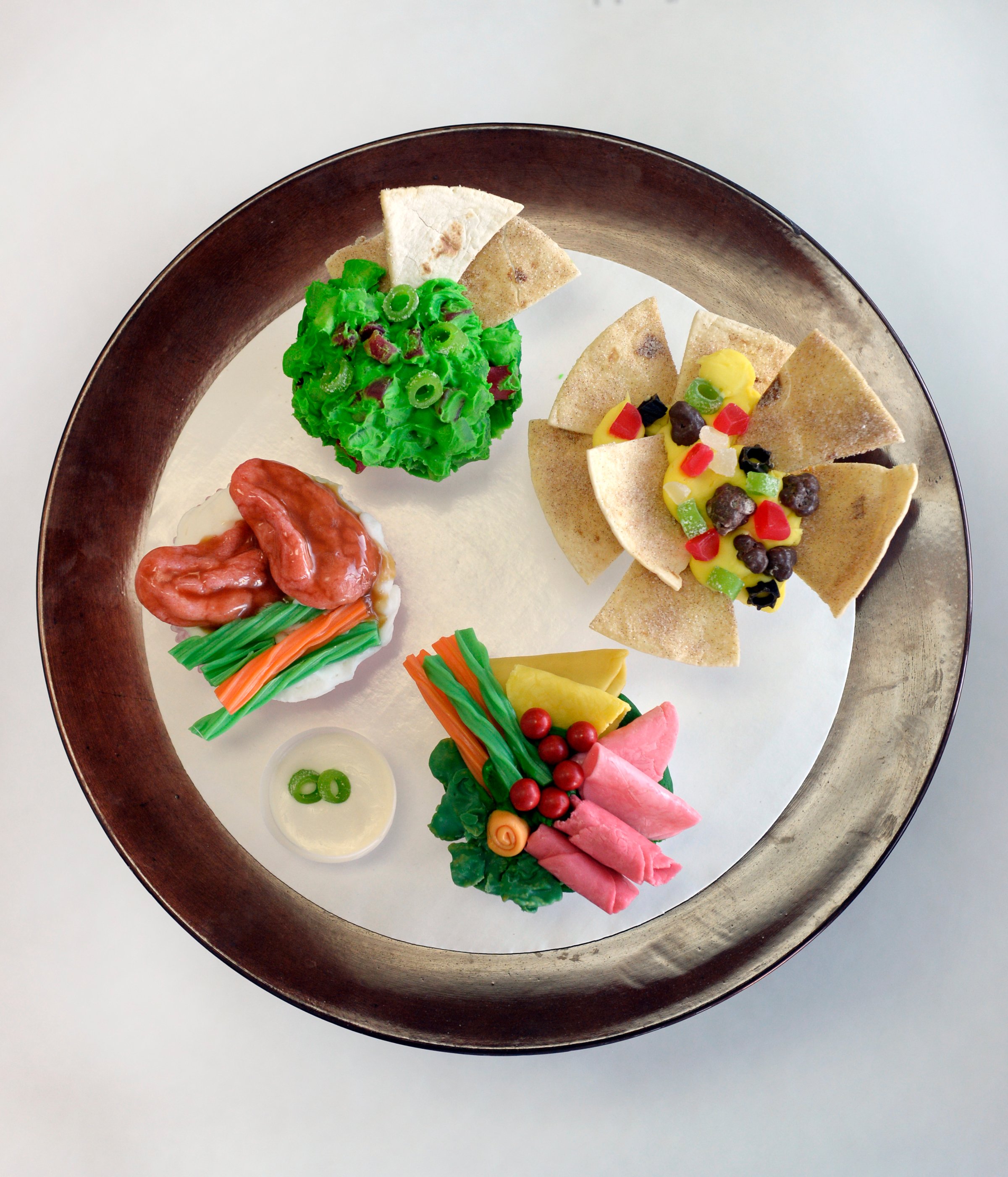
Any casual observer of food commercials knows that food is marketed differently to the sexes. In yogurt ads, women search through their empty fridges for a dessert replacement. In snack ads, dadbods laze on couches with chips, hot dogs and chili.
These marketing ploys aren’t accidental; study after study has shown that sociocultural influences affect food choices between men and women. Now, a new paper—titled “Macho Nachos” and published in the journal Social Psychology—suggests that the gendered ways a food is packaged might even influence how people think it tastes.
“There’s a cultural stereotype that women tend to eat more healthfully than men,” says lead researcher Luke Zhu, assistant professor in the department of business administration at the University of Manitoba in Canada. It all goes back to the idea of priming: how culture often imprints concepts in our minds. Eating a salad is “what society thinks women should do,” Zhu says, while having a hankering for a cheeseburger is masculine.
MORE: Kids See More Candy Ads On TV Now Than In The Past
In the first of a series of experiments, Zhu and his team asked 93 adults which foods they considered masculine and feminine: baked chicken versus fried chicken, baked potatoes versus French fries, light potato chips versus regular potato chips, and baked fish versus fried fish. The results showed, unsurprisingly, that there was a significant tie to food and gender perception. People were more likely to see the unhealthier options as masculine and the healthier options as more feminine.
The study then took an Entenmann’s mini blueberry muffin packaged in either a feminine way, with the word “healthy” and an image of a ballerina; a masculine way, with the word “mega” and men playing football; or a gender-neutral way with no qualifiers and an image of a nondescript field.
There was also a set of packages designed to confuse the muffin consumers: “healthy” packages with football players and “mega” packages with a ballerina.
MORE: How To Tell If Your Grass-Fed Beef Is Real
“With packaging, we expect healthy eating to be associated with femininity,” Zhu says. “But what if healthy food is packaged in masculine packaging? That’s an expectation violation.” It’s a similar idea to how organic food is often packaged compared to junk food, Zhu says. Organic health products will often feature a green scheme, plants, soothing graphics or recycled packaging; junk food will be bold, in crinkly packaging that features loud splashes of colors and words.
Zhu and his team found that people don’t respond to mixed-up signals. Foods with mixed-gender marketing weren’t as popular in the test group, and people reported that the blueberry muffin didn’t taste as good, even though all of the muffins were identical.
As immune as we think we are to gender cues on our food, these experiments suggest that the tactics food marketers use actually work. “For marketers, there’s a pretty clear implication that you want to frame the product consistently with the cultural, primed gender stereotype,” Zhu says. This packaging may even have public health implications: “We should try to cue femininity in packaging for healthy food,” he says.
More Must-Reads from TIME
- Cybersecurity Experts Are Sounding the Alarm on DOGE
- Meet the 2025 Women of the Year
- The Harsh Truth About Disability Inclusion
- Why Do More Young Adults Have Cancer?
- Colman Domingo Leads With Radical Love
- How to Get Better at Doing Things Alone
- Michelle Zauner Stares Down the Darkness
Write to Tanya Basu at tanya.basu@time.com